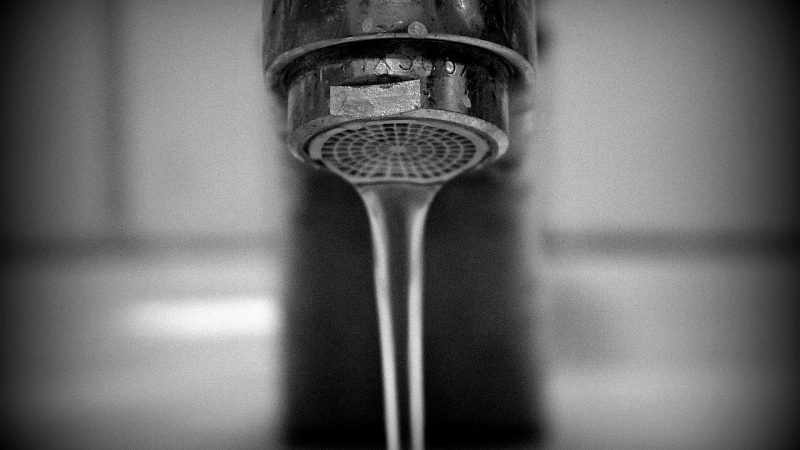Regulating Lead in Drinking Water: Issues and Developments

Introduction. The Safe Drinking Water Act (SDWA) authorizes the U.S. Environmental Protection Agency (EPA) to regulate contaminants in public water supplies. EPA regulates lead specifically through the 1991 Lead and Copper Rule (LCR; 40 C.F.R. Part 141 Subpart I). In the wake of detections of elevated lead levels in tap water in Flint, Michigan, and elsewhere, questions emerged regarding (1) the adequacy of SDWA authorities, and (2) the effectiveness of the LCR in limiting lead exposures and protecting public health.
Regulatory issues associated with the LCR include (1) monitoring protocols, (2) public notification and reporting requirements, (3) corrosion control to prevent lead in plumbing materials from leaching into water, (4) lead service line (LSL) replacement practices and costs, and (5) overall implementation and enforcement of the rule. EPA is working to update the LCR to address these and other issues and respond to scientific and technological advancements—including im
